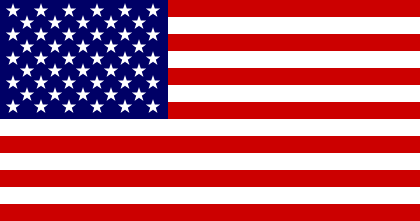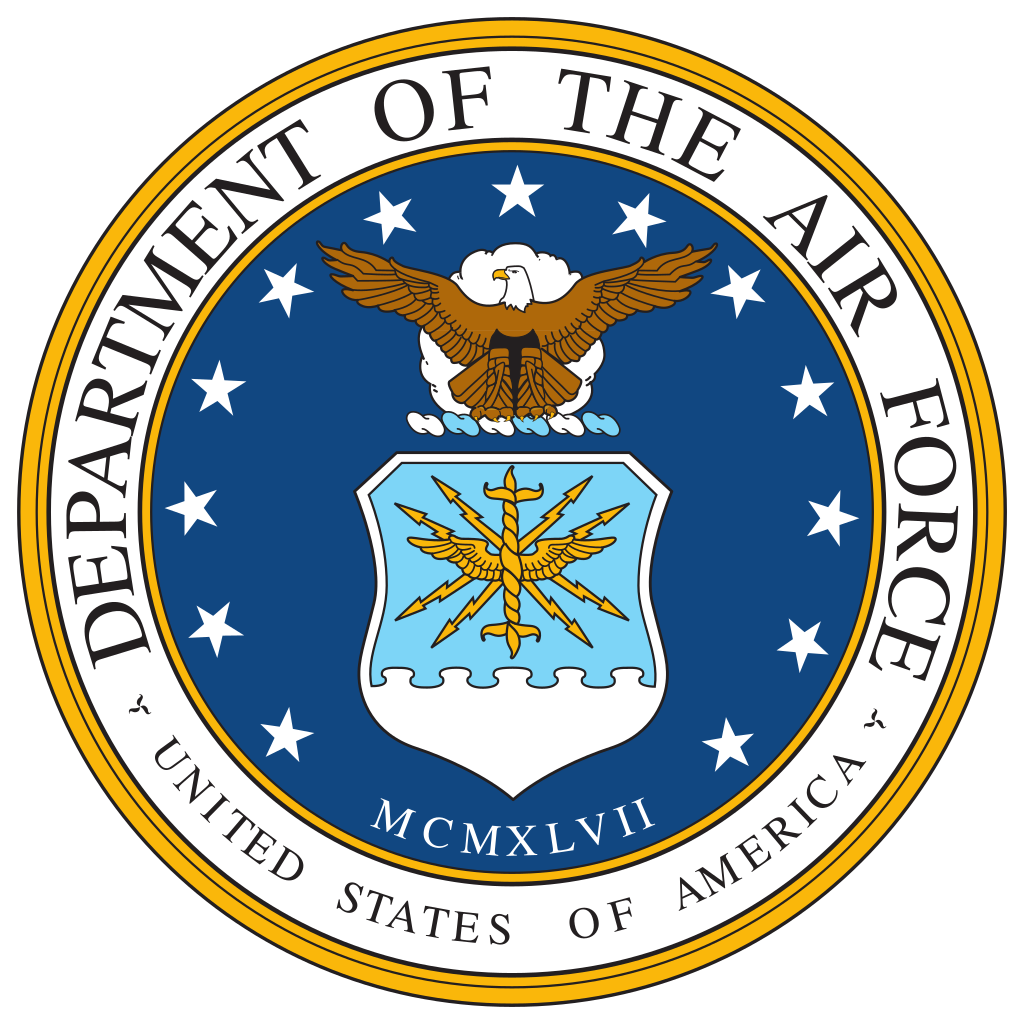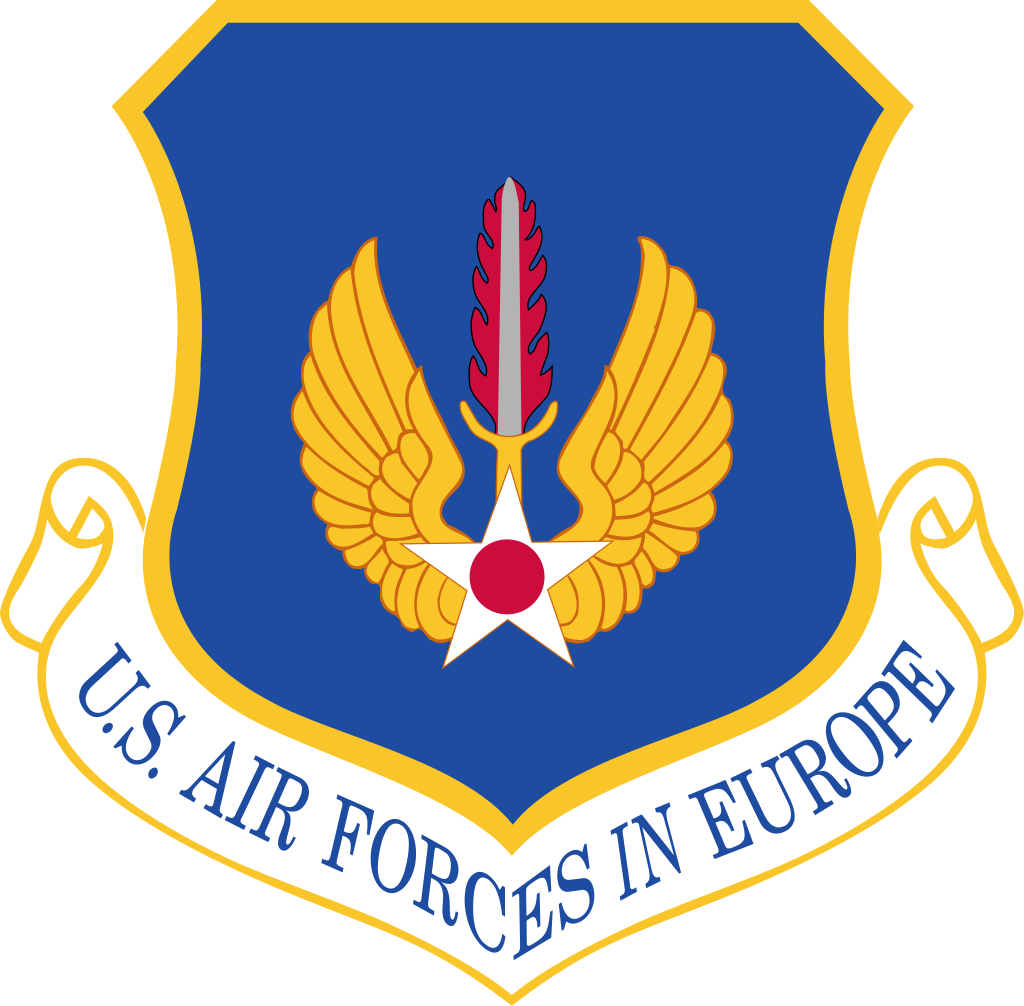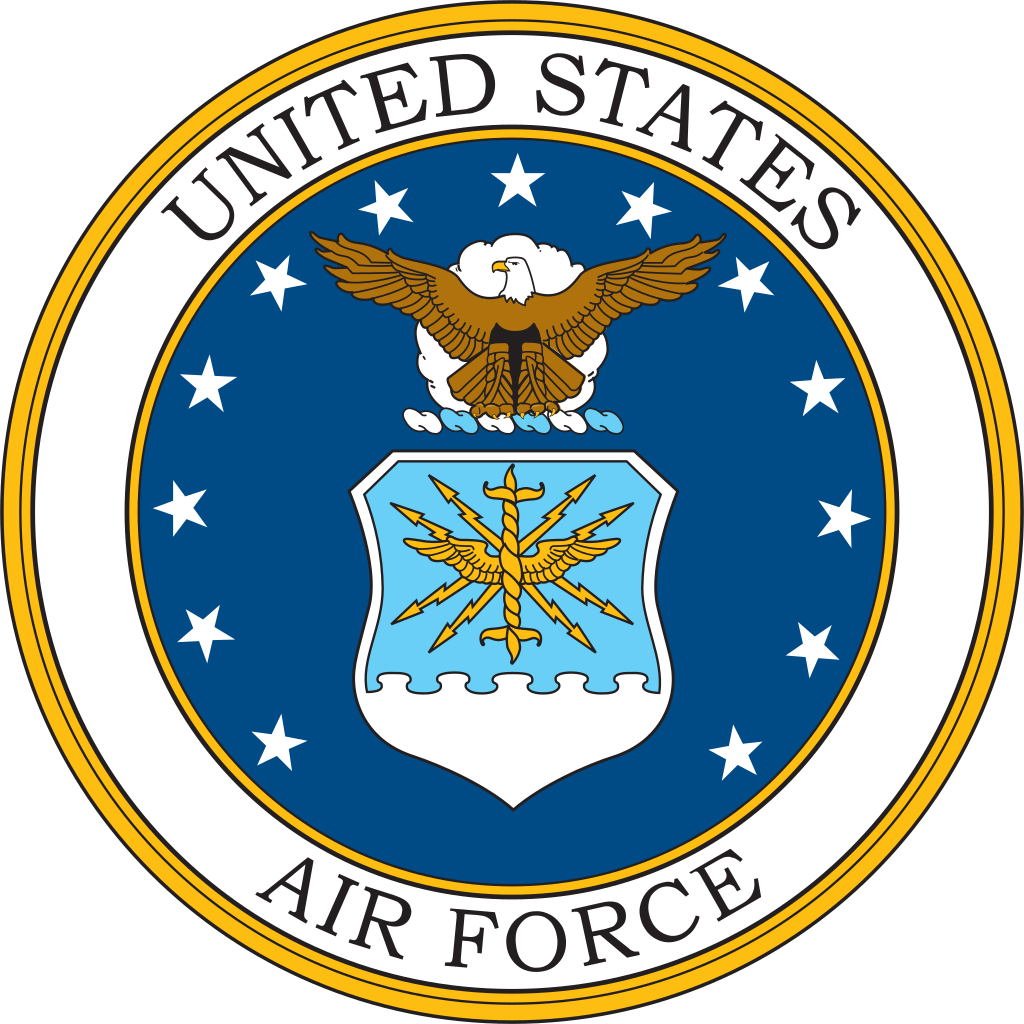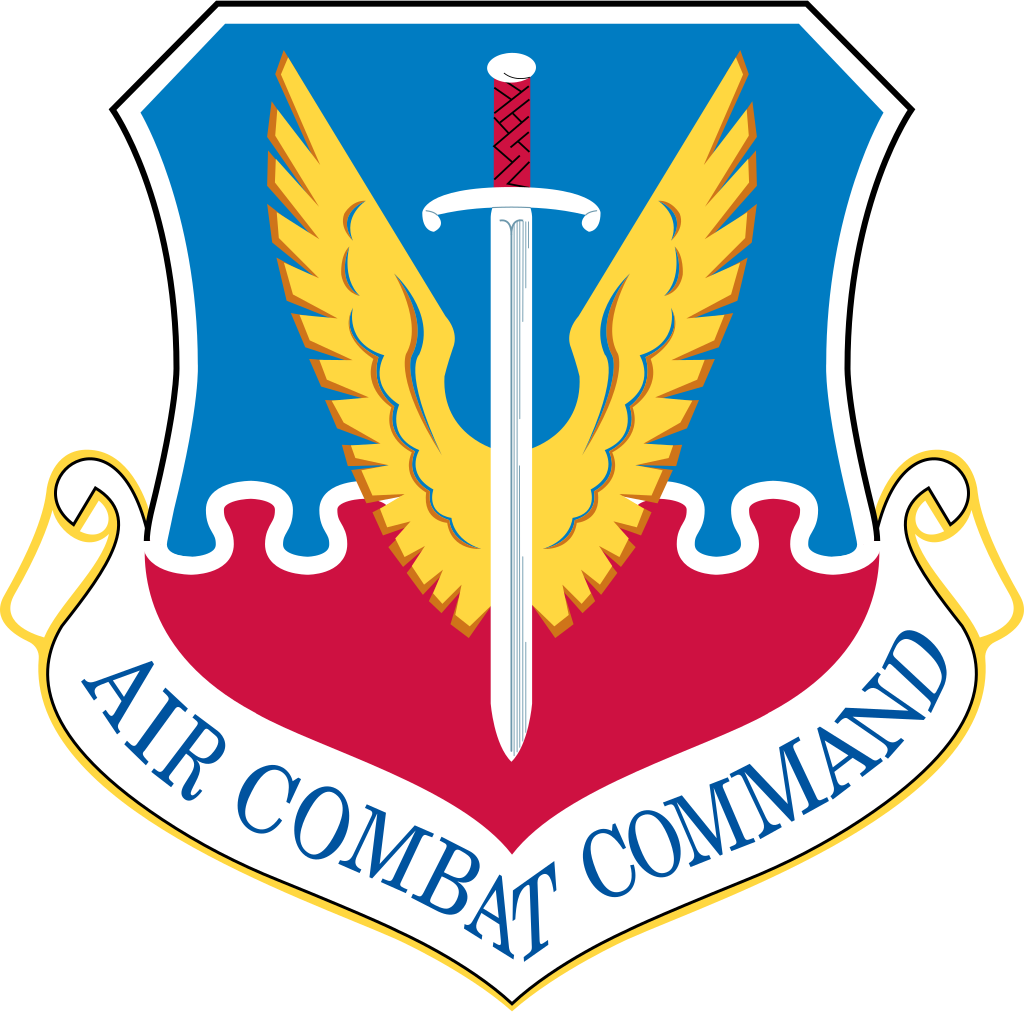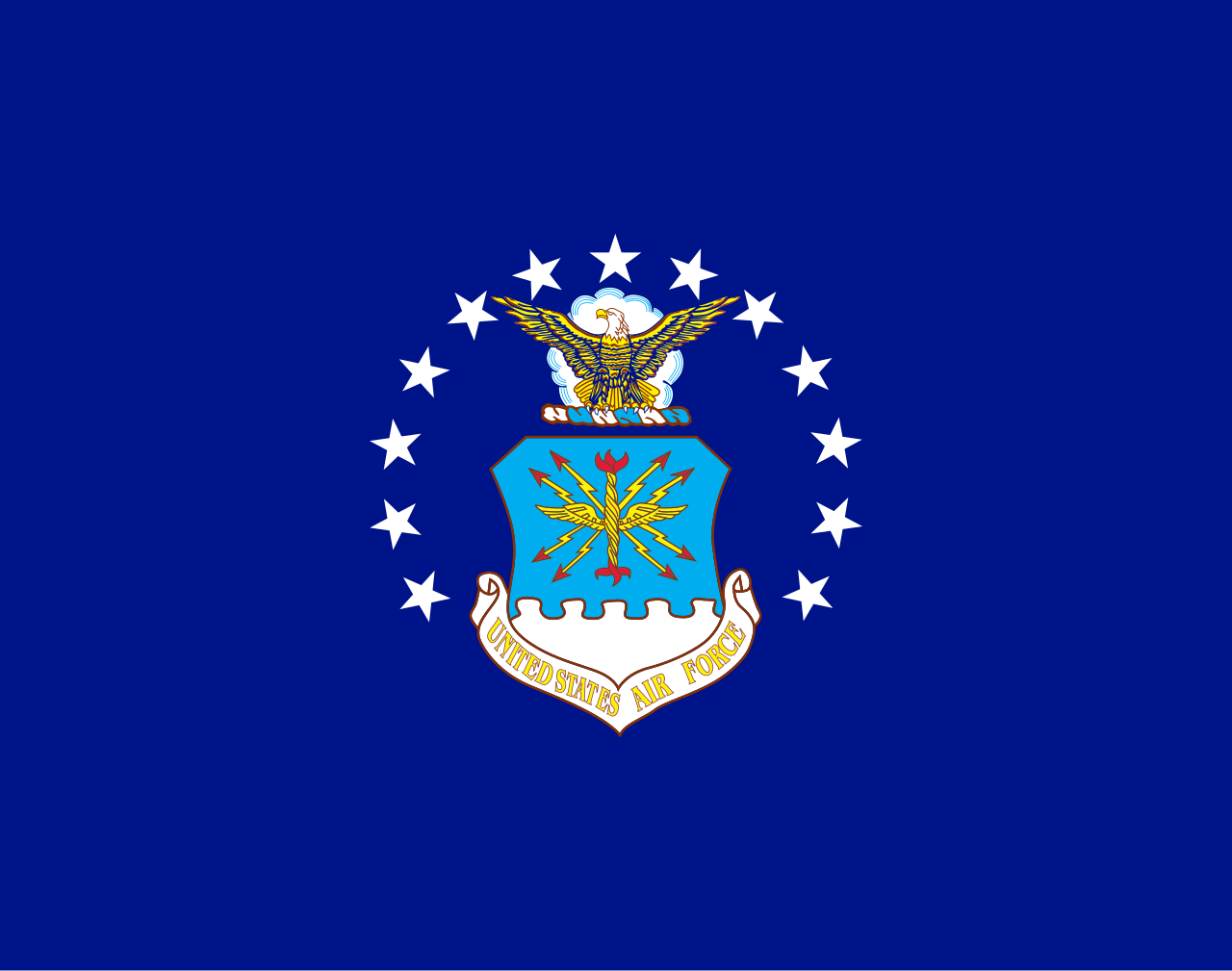- Jan 6, 2018
- 13,695
 EXERCISE RED FLAG, 2001
EXERCISE RED FLAG, 2001 Exercise Directive, October 2001
Security Classification: TOP SECRET
XI. PRELIMINARYX
Exercise Red Flag is ana dvanced aerial combat training exercise with the intention of been held annually in the United Kingdom. Aimed to offer realistic air-combat training for military pilots and refine skills to support such aircraft.
For the first exercise in years, it's due to commence with combined efforts of the Royal Air Force and United States Air Force working against a common foe. Exercise skills to include:
1. Low Level Flying
2. Air to Air Refueling
3. Air to Air Combat
4. Air to Ground Combat
XII. BELLIGERENTSX
Blufor

[TR][TD]Opfor 
|
[12] Panvavia Tornado ADV F3, No. 49 Squadron, RAF.
[12] Panvavia Tornado ADV F3, No. 52 Squadron, RAF.
[12] Panvavia Tornado GR4, No. 38 Squadron, RAF.
[12] Panvavia Tornado GR4, No. 39 Squadron, RAF.
[4] Eurofighter Typhoons Tranche 1 Block 5, No. 115 Squadron, RAF, A Flight.
[4] Boeing E-3D Sentry Aircraft, No. 48 Squadron, A and B Flight.
[4] Lockheed TriStar KC1, No. 2 Squadron.
[4] Lockheed TriStar KC1, No. 6 Squadron.
XV. OPERATING BASESX
| Designation | Location | Status |
| RAF Waddington | England, United Kingdom | Active |
With the agreement of participation from the United States Air Force, a memo was sent ahead to request their assets arrive at RAF Waddington; which is the starting location for Red Flag 2001. Once all aircraft arrive, each crew (Pilots, Commanders, Ground Crews, etc) would all undergo the briefing which is as follows:
"The scenario is as follows, allied forces are compiled of the Royal Air Force and United States Air Force, are to conduct an air war against a fictional enemy named the Republic of Alsatian. The enemy are known to have Hawk T1 aircraft and ex RAF Tornado ADV F3s. We are expecting air to air engagement. We have located a number of sites across the country which contain Surface to Air missiles which will be the main focus for the initial part of our air campaign. Due to the vast geography of the region, we'll have air tankers and AWACs as support. RAF and USAF commanders will remain here at Waddington to discuss plans and responses. All movements shall be coordinated together. The area of operations may be across the entirety of the country. Any questions?"
Odinson[/TD][/tr]



